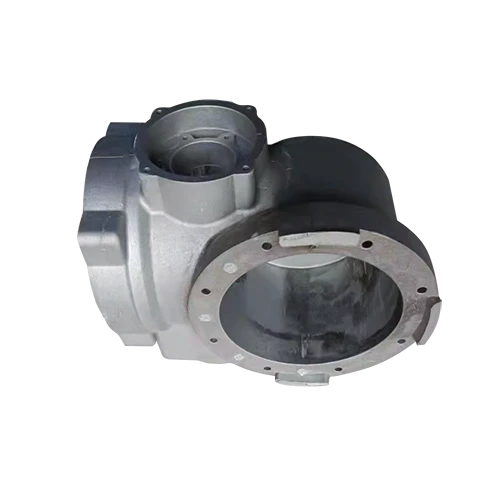Mobile:+86-311-808-126-83
Email:info@ydcastings.com
Optimizing Valve Body Casting Processes for Enhanced Performance and Durability
Understanding Valve Body Castings An Essential Component in Fluid Control Systems
Valve body castings play a crucial role in numerous industrial applications, including oil and gas, automotive, aerospace, and water management systems. These castings serve as the main structure of valves, facilitating the control and regulation of fluid flow in various systems. This article delves into the significance of valve body castings, the casting processes involved, and the advancements in technology that enhance their design and functionality.
The Importance of Valve Body Castings
Valve bodies are integral to the effective functioning of valves, which control the flow of fluids such as liquids, gases, and slurries. Whether in a simple household faucet or a complex industrial pipeline, the valve body is responsible for housing the essential components that regulate flow—such as disks, plugs, and seats. The quality and precision of valve body castings directly influence the performance, reliability, and longevity of the valves themselves.
A well-designed valve body minimizes turbulence, reduces wear and tear, and ensures that the valve operates smoothly under various pressure and temperature conditions. Manufacturers must adhere to strict specifications and standards when producing these castings to ensure they meet safety and operational requirements.
Casting Processes for Valve Bodies
Several casting methods are employed to manufacture valve bodies, including sand casting, investment casting, and die casting. Each method has its unique advantages and limitations
1. Sand Casting This traditional method involves creating a mold using sand that can withstand high temperatures. Sand casting is highly versatile and suitable for producing complex shapes, making it ideal for valve bodies. It is especially beneficial for low-to-medium production volumes.
valve body castings

2. Investment Casting This precision casting technique involves creating a wax pattern that is coated with a ceramic material. Once the ceramic hardens, the wax is melted away, leaving a precise mold. Investment casting is favored for its ability to produce high-quality, intricate designs. It is commonly used for high-performance valve components in aerospace and oil and gas industries.
3. Die Casting In this method, molten metal is injected into a steel die under high pressure. Die casting is efficient for mass production and yields parts with a smooth finish and tight tolerances. However, it is more suitable for non-ferrous alloys and is often used in automotive applications.
Advances in Technology
Recent advancements in casting technologies have significantly improved the manufacture of valve body castings. The introduction of computer-aided design (CAD) and computer-aided manufacturing (CAM) has allowed for greater precision in design and efficiency in production. These technologies enable engineers to simulate the fluid dynamics within valve bodies, leading to optimizations that enhance performance and reduce material waste.
Moreover, the use of advanced materials, such as high-strength alloys and composites, has further improved the durability and corrosion resistance of valve bodies. These materials are particularly beneficial in harsh operating environments, such as oil rigs or chemical processing plants, where exposure to extreme conditions is commonplace.
Conclusion
Valve body castings are a fundamental aspect of fluid control systems, influencing the efficiency and functionality of valves across various industries. With the combination of traditional casting techniques and modern technology, manufacturers can produce high-quality valve bodies that meet the demands of today’s complex applications. As industries continue to evolve, the importance of reliable and innovative valve body castings will only increase, underscoring the need for ongoing research and development in this essential field of industrial manufacturing. Whether for regulating water flow in municipal systems or controlling chemical processes in industrial plants, valve body castings remain a key component in ensuring operational efficiency and reliability.
-
Why Should You Invest in Superior Pump Castings for Your Equipment?NewsJun.09,2025
-
Unlock Performance Potential with Stainless Impellers and Aluminum End CapsNewsJun.09,2025
-
Revolutionize Your Machinery with Superior Cast Iron and Aluminum ComponentsNewsJun.09,2025
-
Revolutionize Fluid Dynamics with Premium Pump ComponentsNewsJun.09,2025
-
Optimizing Industrial Systems with Essential Valve ComponentsNewsJun.09,2025
-
Elevate Grid Efficiency with High-Precision Power CastingsNewsJun.09,2025











